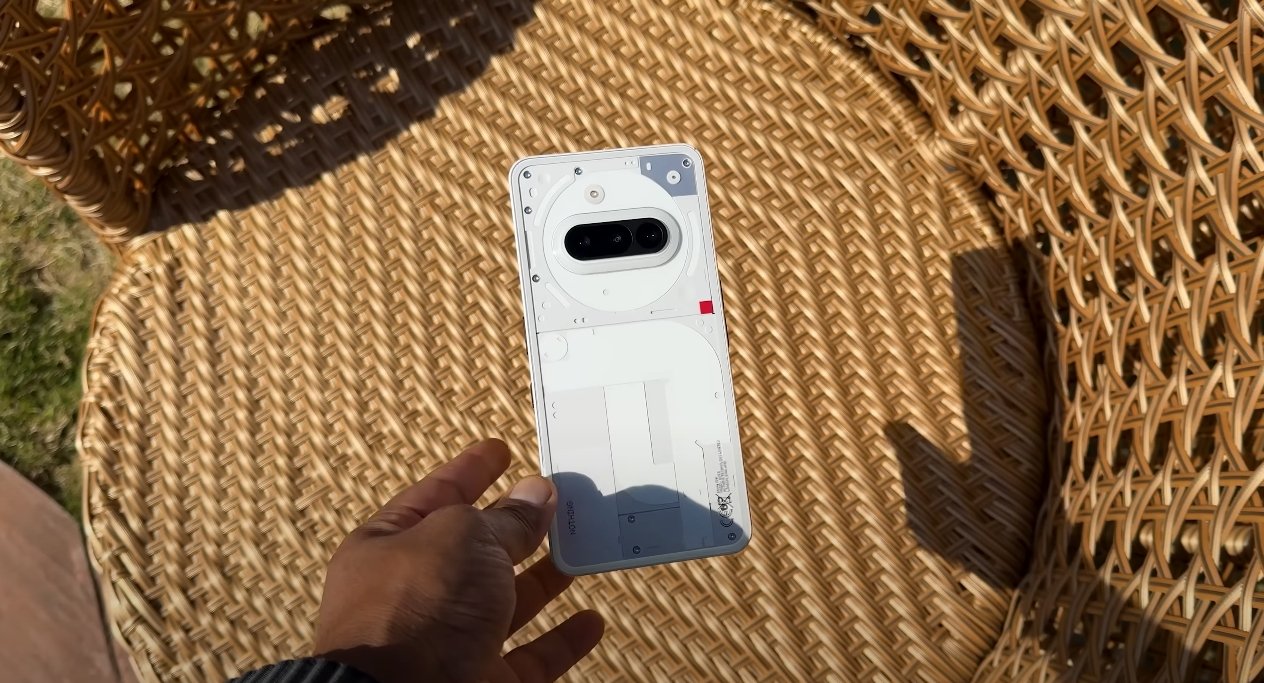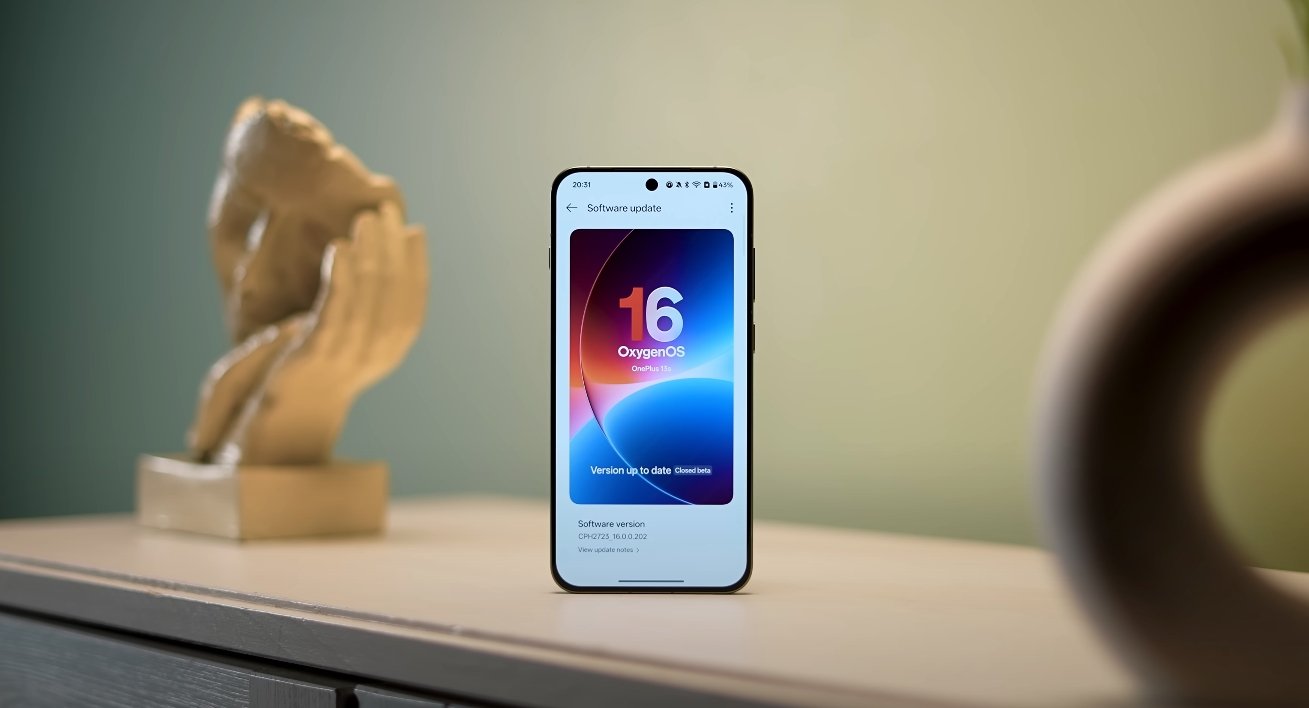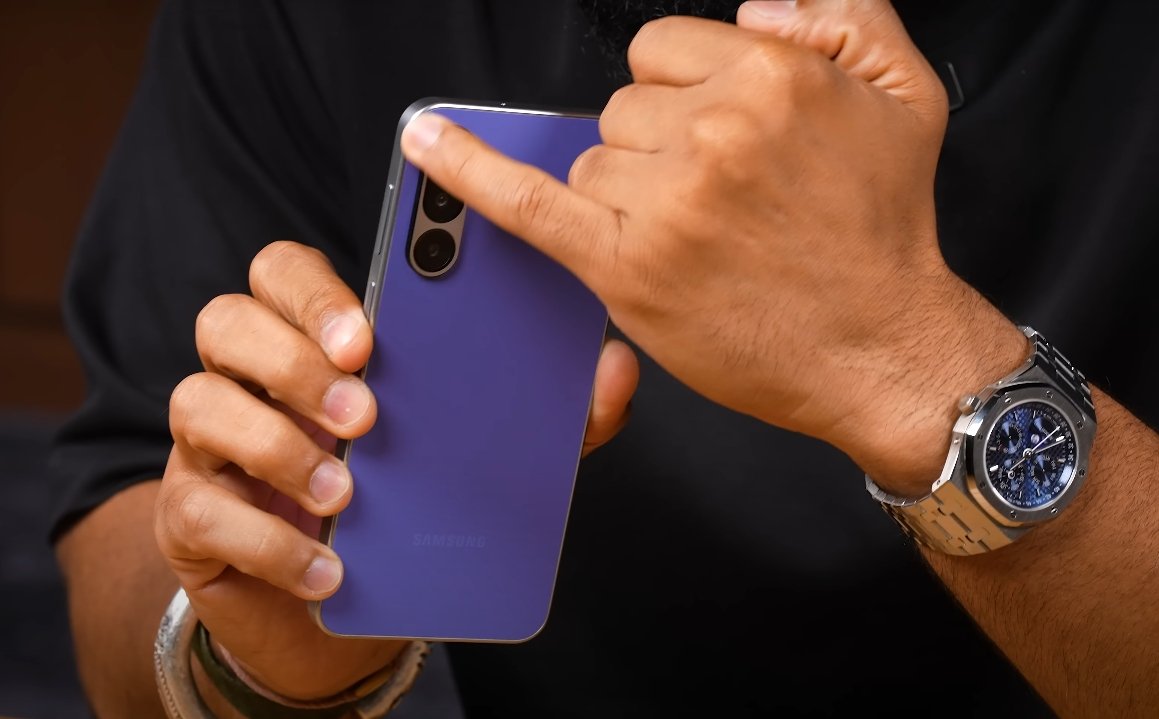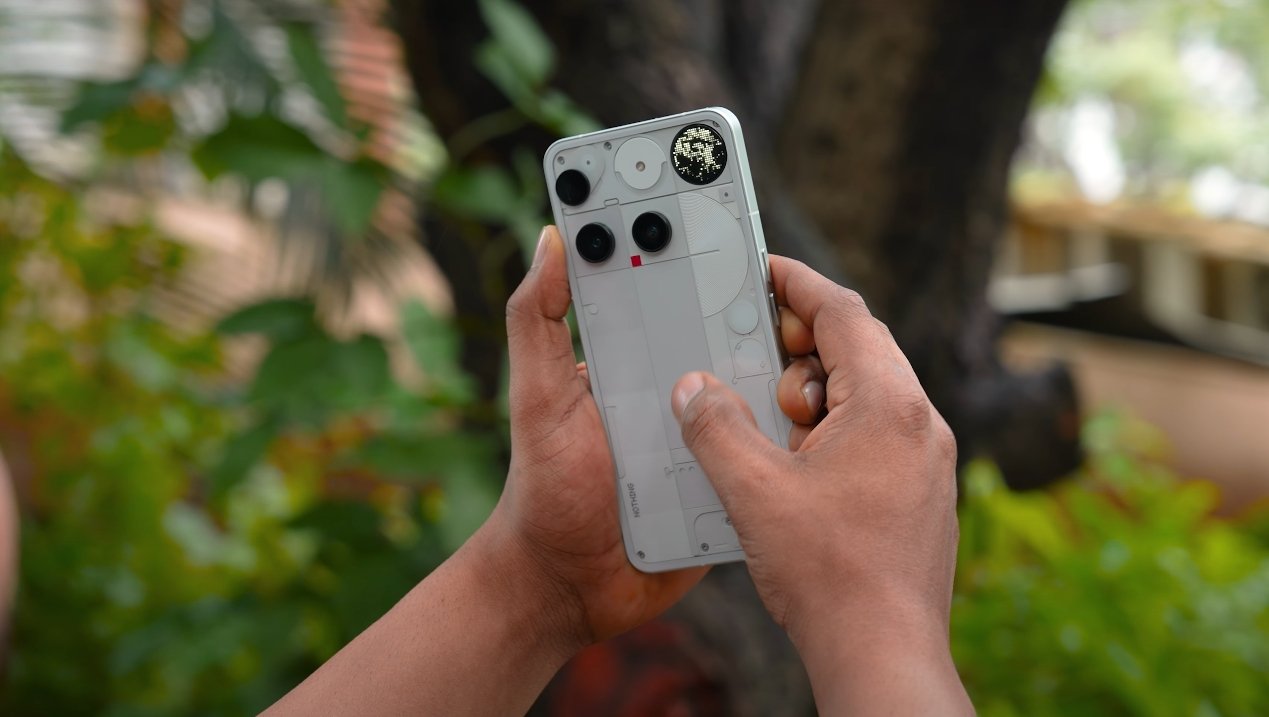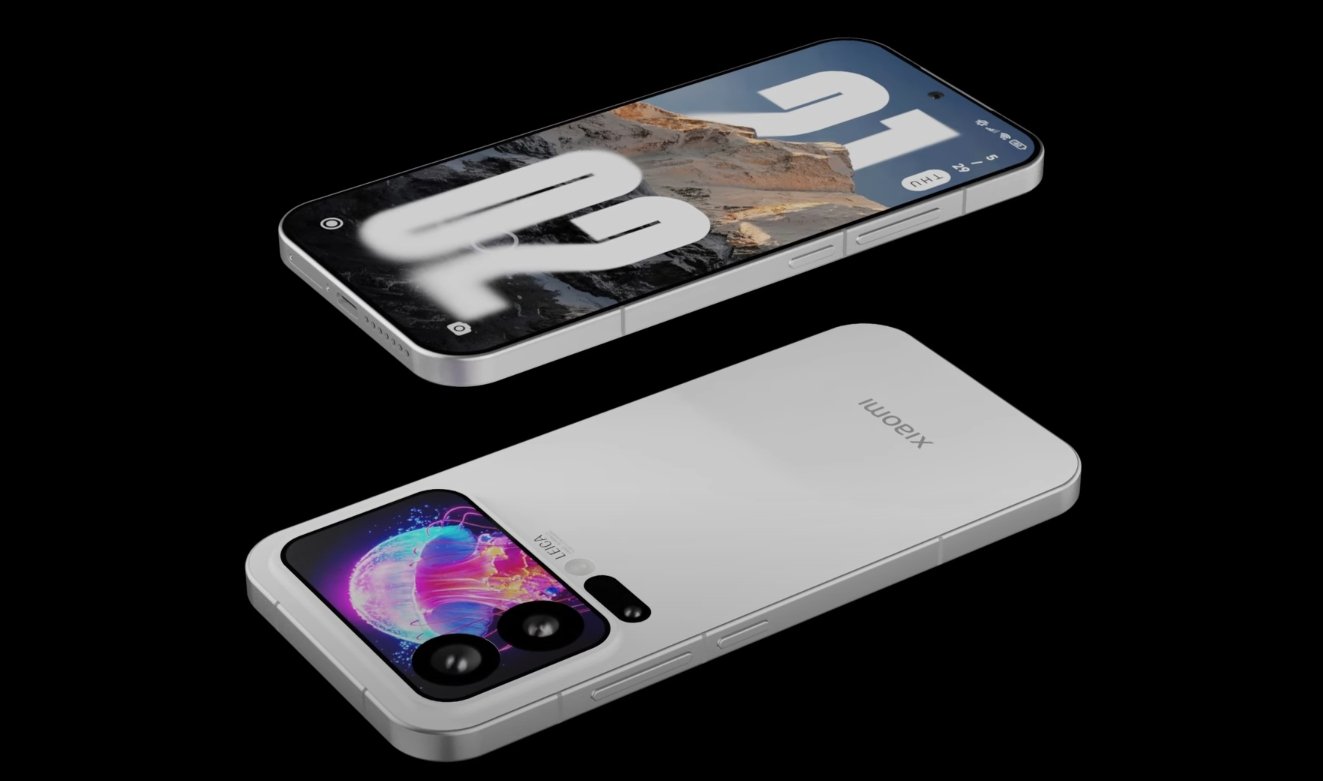Comprehensive Feature Comparison: Nothing Phone 3A Lite and Redmi 13C Pro
The Nothing Phone 3A Lite and Redmi 13C Pro are two budget-friendly smartphones that have caught attention in the mid-range segment. Both devices aim to provide value for money while offering a balanced mix of performance, design, and essential features. Despite their similarities in price, they differ significantly in display, performance, and user experience.
The Nothing Phone 3A Lite stands out with its distinctive design, featuring a transparent back panel with LED accents that create a futuristic look. Its 6.77-inch AMOLED display offers vibrant colors, deep blacks, and smooth scrolling thanks to a 120Hz refresh rate. The large, bright screen makes media consumption, gaming, and everyday tasks more enjoyable. On the other hand, the Redmi 13C Pro sports a 6.74-inch LCD display with HD+ resolution. While it provides a good viewing experience for general use, the colors and contrast are not as vivid as the AMOLED panel on the Nothing Phone, which gives the 3A Lite an edge for users who prioritize display quality.
Performance is another key differentiator between the two smartphones. The Nothing Phone 3A Lite is powered by the Snapdragon 7s Gen 3 chipset with 8GB of RAM, providing smooth multitasking and decent gaming performance. Apps launch quickly, and the device handles moderate multitasking without noticeable lag. In comparison, the Redmi 13C Pro runs on the MediaTek Helio G85 processor, available with 4GB, 6GB, or 8GB of RAM. While sufficient for everyday tasks like social media browsing and video streaming, the Helio G85 may struggle under heavier workloads or more demanding games compared to the Snapdragon 7s Gen 3, giving the Nothing Phone a slight performance advantage.
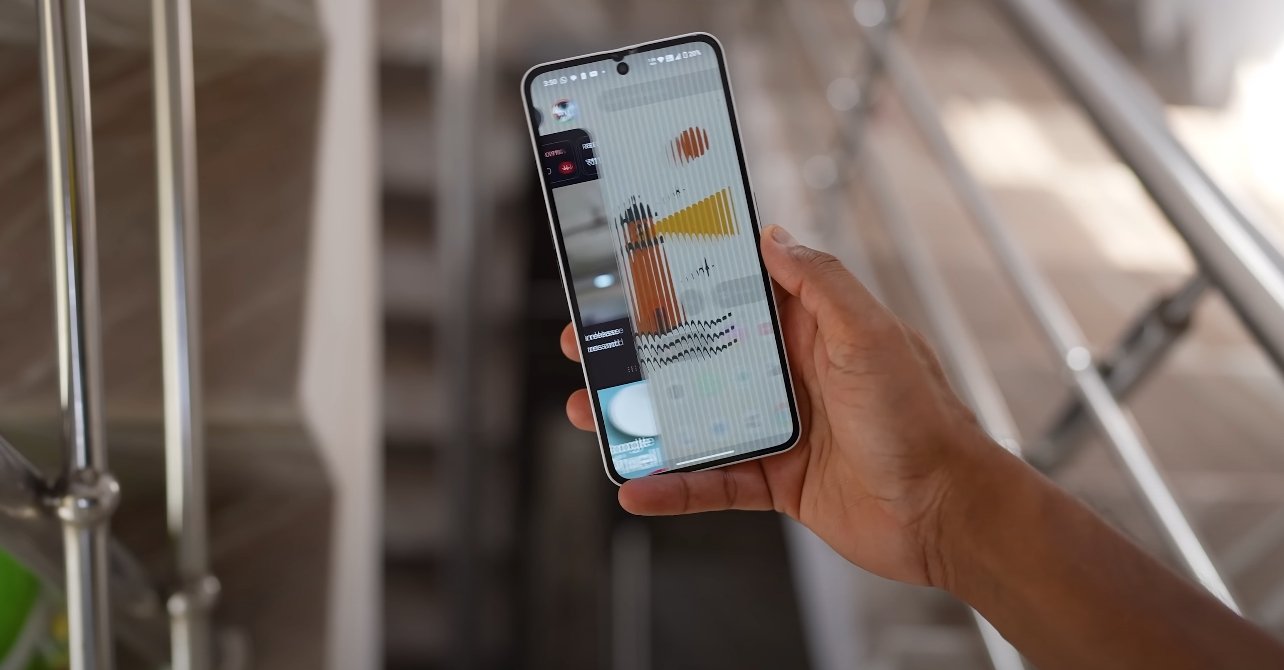
Camera capabilities differ as well. The Nothing Phone 3A Lite features a dual-camera system with a 50MP primary sensor and a 50MP telephoto lens, allowing for versatile photography options. Users can capture detailed close-ups and zoomed shots with clarity. The Redmi 13C Pro also has a 50MP primary sensor but is paired with a 0.08MP depth sensor, lacking telephoto capabilities. While both devices can take good photos in daylight, the Nothing Phone’s additional lens provides more flexibility and better options for portrait and distant shots.
Battery life is robust on both devices, with each equipped with a 5000mAh battery capable of lasting a full day under normal use. The Nothing Phone 3A Lite supports 45W fast charging, allowing users to quickly recharge and get back to using their phone. In contrast, the Redmi 13C Pro offers 18W fast charging, which is adequate but slower, meaning longer charging times. This makes the Nothing Phone more convenient for users who need to recharge frequently during a busy day.
The software experience also varies. The Nothing Phone 3A Lite runs on Android 15 with a minimalistic interface, enhanced by the unique Glyph system for notifications. This provides a clean, modern user experience with subtle visual cues for calls and messages. The Redmi 13C Pro runs on MIUI 14 based on Android 13, offering a more customizable interface with a range of themes and personalization options. Users who enjoy a minimalist and futuristic interface may prefer the Nothing Phone, while those who like flexibility and customization may lean toward the Redmi device.
In terms of pricing, the Redmi 13C Pro is generally more affordable, making it attractive for users who want a capable smartphone at a lower cost. The Nothing Phone 3A Lite commands a slightly higher price due to its premium display, distinctive design, and extra features, which may appeal to buyers willing to pay a bit more for a standout appearance and better display quality.
In conclusion, the Nothing Phone 3A Lite and Redmi 13C Pro both offer strong value in the budget segment but cater to different priorities. The Nothing Phone excels in display quality, design, and camera versatility, while the Redmi 13C Pro focuses on affordability and sufficient performance for everyday use. Choosing between them depends on whether users value style and display performance over price, or prefer a more cost-effective option with reliable functionality. Both phones remain compelling choices for budget-conscious buyers looking for modern features and solid performance.
